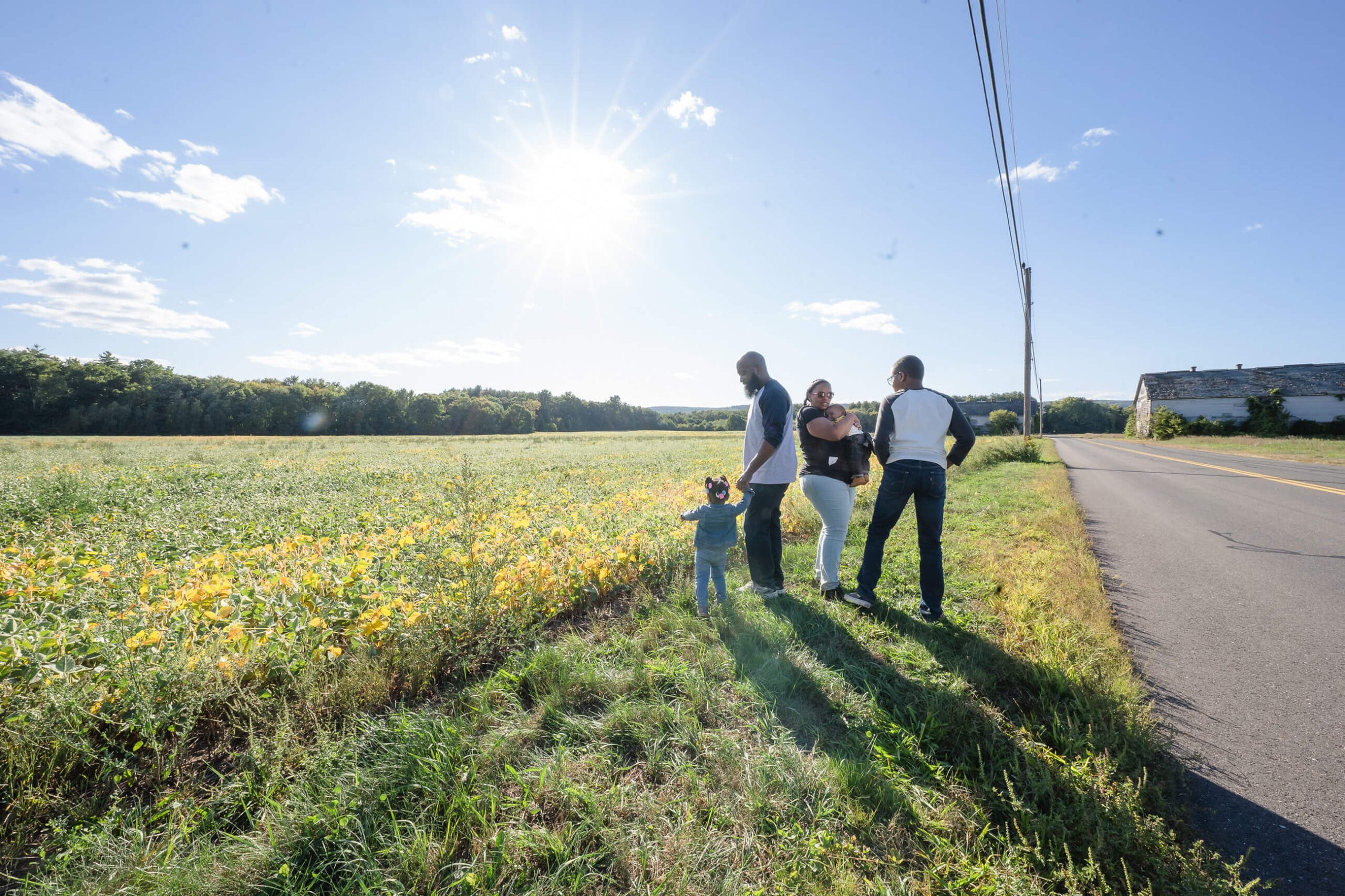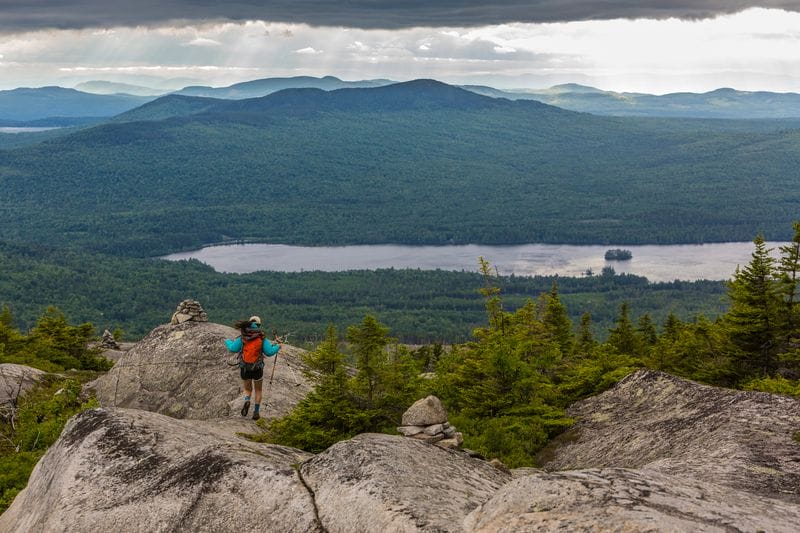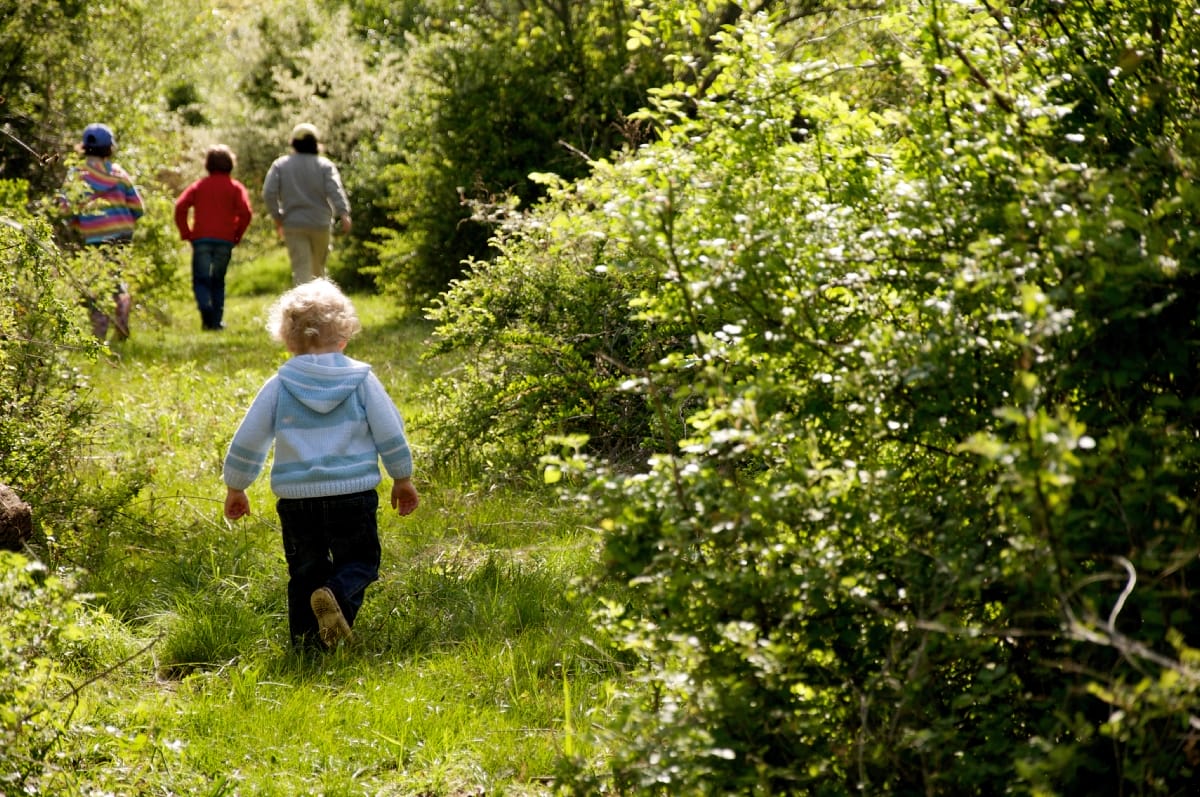
A town rallies to save its favorite pumpkin patch
A town rallies to save its favorite pumpkin patch
Autumn’s official start usually falls on September 22 or 23—at least according to the calendar. But for generations of families in Windsor, Connecticut, it’s not really fall until it’s time to visit to Brown’s Harvest, a historic farm on the banks of the Farmington River. The Brown family has opened their farm up to the community every autumn since 1978 for all the hallmarks of the season, from chowing down on apple cider donuts to wandering in a corn maze to hitching a hay ride—and of course, picking the perfect pumpkin.
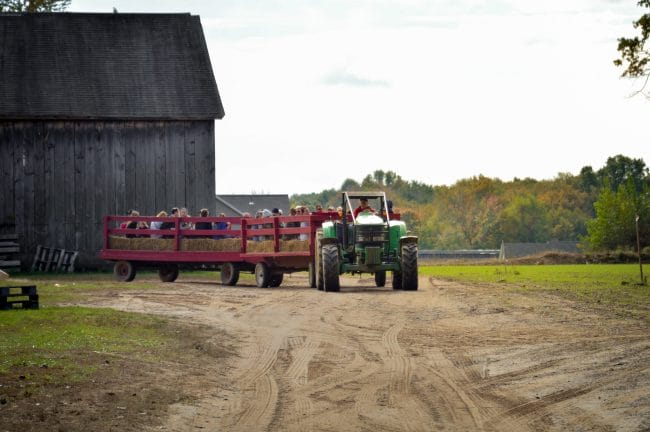 The Brown family has opened their farm up to the community every autumn since 1978. “Parents with kids will tell us that they grew up coming to the farm with their parents,” says Kathi Martin.Photo credit: Elisa Halsted
The Brown family has opened their farm up to the community every autumn since 1978. “Parents with kids will tell us that they grew up coming to the farm with their parents,” says Kathi Martin.Photo credit: Elisa Halsted
“We’ve been doing the pumpkin patch for longer than most,” said Kathi Martin, who owns and operates Brown’s Harvest along with her family. “Parents with kids will tell us that they grew up coming to the farm with their parents—so our farm has really become part of the family tradition of fall for so many people in Windsor. We’re proud to be able to be a part of it.”
Martin is the sixth generation of her family to farm this land. James M. Brown arrived in Windsor in the 1850s, and bought some land to start his own tobacco farm in 1874. Back then, farming was the way of life up and down the Connecticut River Valley, where eons of flooding deposited some of the richest soils found anywhere.
The area’s soil and climate made it especially good for growing shade tobacco, and the Browns’ operation flourished for decades. But over time, as the tobacco market dipped, pressure to sell their land rose. Once a patch in a quilt of family farms that stretched up and down the valley, by the early 2000s, Brown’s Harvest was more of an island in a sea of suburban development.
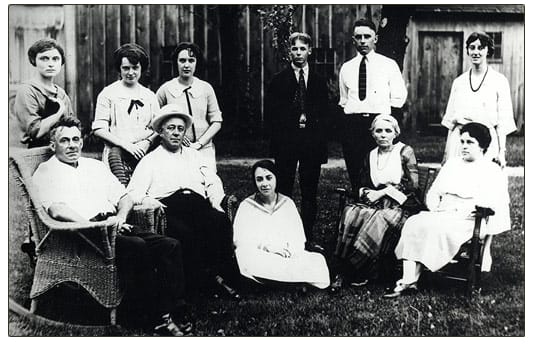 The Browns have been tilling the soil along the Farmington River for over 120 years. Now, the family is working to preserve their land from the threat of development. Photo credit: Courtesy Brown’s Harvest
The Browns have been tilling the soil along the Farmington River for over 120 years. Now, the family is working to preserve their land from the threat of development. Photo credit: Courtesy Brown’s Harvest
“The same things that make this land great to farm—it’s flat, level, close to the river—make it easy to develop, too,” said Martin, who grew up on the farm. The same story has played out in once-vital farming communities across the country in the past half-century. Today, experts estimate that we lose three acres of agricultural land in America every minute.
At the same time, across the country, farmers like the Browns are holding on in the face of stiff economic headwinds. Over the years, along with the perennial pumpkin patch, Martin and her family have tried new crops, run a u-pick strawberry season, launched a sunflower festival, and welcomed tens of thousands of schoolkids to tour their farm every year. Nevertheless, a few years back, the family was forced to carve off a piece of their farm and sell it to developers.
“They mapped out phases two and three for development, too, but we just thought it would be such a shame to lose it,” Martin said. “We have some of the best topsoil for growing food anywhere in the state right on this farm. I kid you not, I can taste the difference between asparagus grown here and anywhere else.”
“And we feel we have a responsibility to preserve it, and once it’s built up, it can never really go back,” she adds.
 Over the years, along with the perennial pumpkin patch, Martin and her family have tried new crops, run a u-pick strawberry season, launched a sunflower festival, and welcomed tens of thousands of schoolkids to tour their farm every year.Photo credit: Elisa Halsted
Over the years, along with the perennial pumpkin patch, Martin and her family have tried new crops, run a u-pick strawberry season, launched a sunflower festival, and welcomed tens of thousands of schoolkids to tour their farm every year.Photo credit: Elisa Halsted
In 2019, The Trust for Public Land worked with federal, state, and local agencies to preserve 100 acres of Brown’s family farm. An agricultural conservation easement will protect the farm forever. A mile of the Farmington River is included in this preservation. A hotspot for canoeing, boating, and fishing, the river provides habitat for fish and migratory birds and is a source of drinking water for nearly half a million people.
“We feel like we share this farm with the community,” says Martin. “It’s important for kids to be able to get out on the land and see how things grow, because a lot of them don’t have any idea where their food comes from.” But more that, she says, she wants to preserve the place where Windsor families can take the time to be together. “To take time out of a busy schedule and do something outdoors as a family, it’s challenging for folks in this area. We want to keep making moments like that possible on our farm.”
This article was updated in October 2021 to reflect that 100 acres of the Brown family farm is protected.
One-third of Americans, including 28 million children, lack safe, easy access to a park within a 10-minute walk of home. Urge your senators to pass the Outdoors for All Act to create parks and enhance outdoor recreational opportunities!


Donate to become a member, and you’ll receive a subscription to Land&People magazine, our biannual publication featuring exclusive, inspiring stories about our work connecting everyone to the outdoors.
See how our supporters are helping us connect people to the outdoors across the country.






